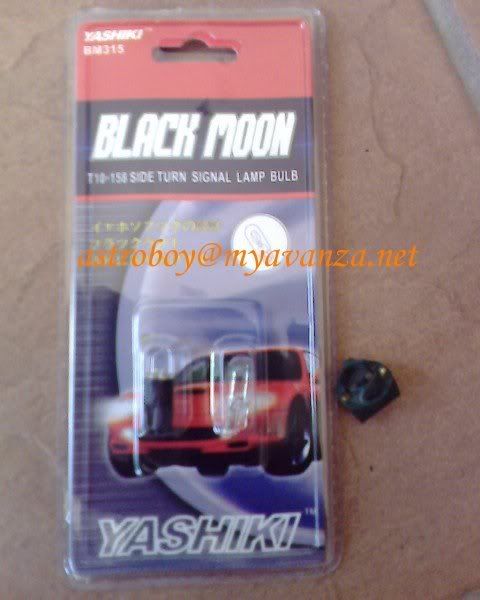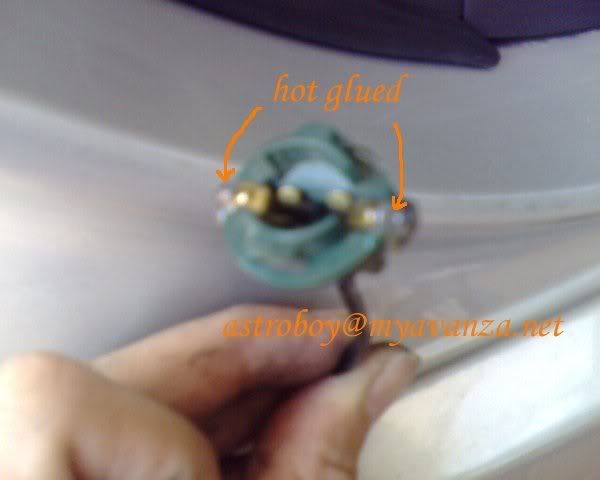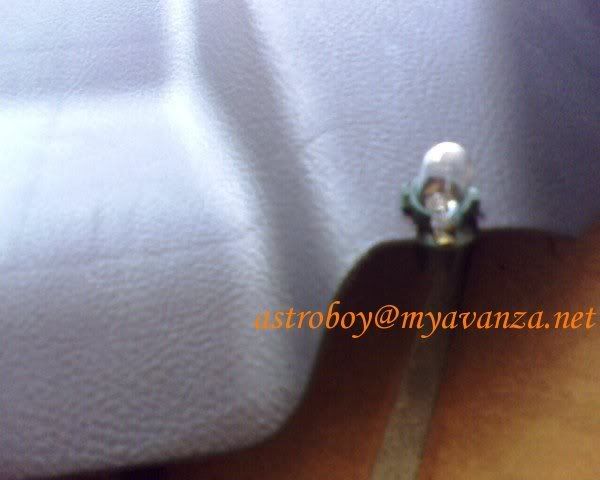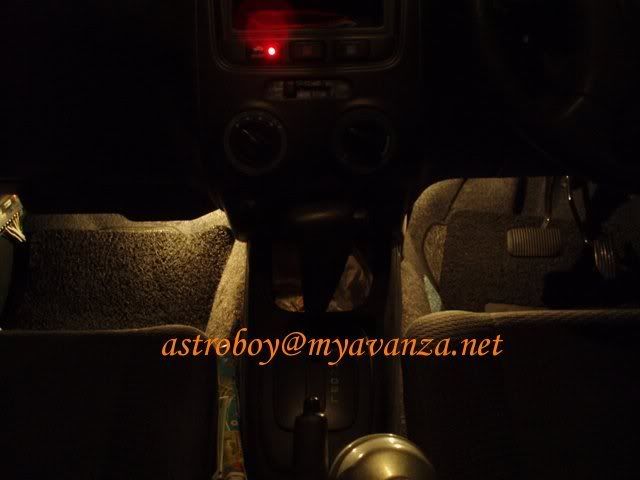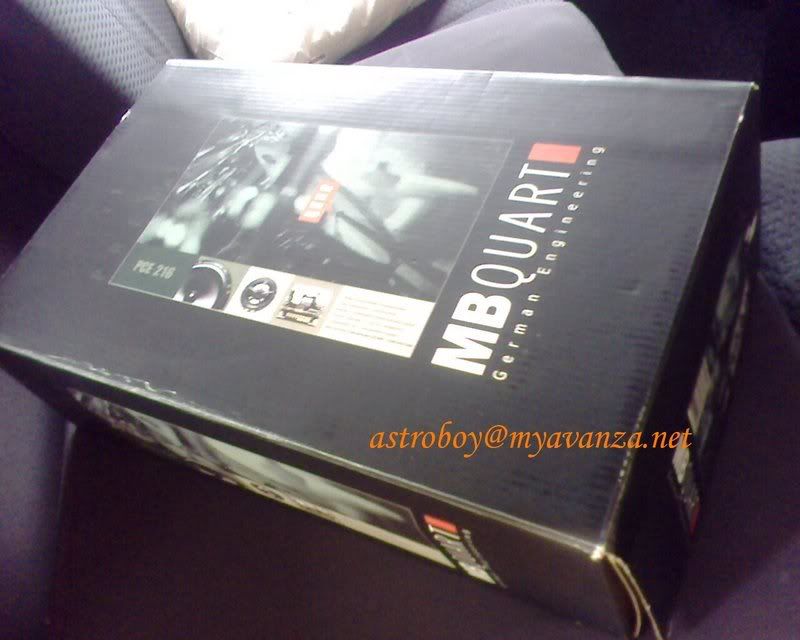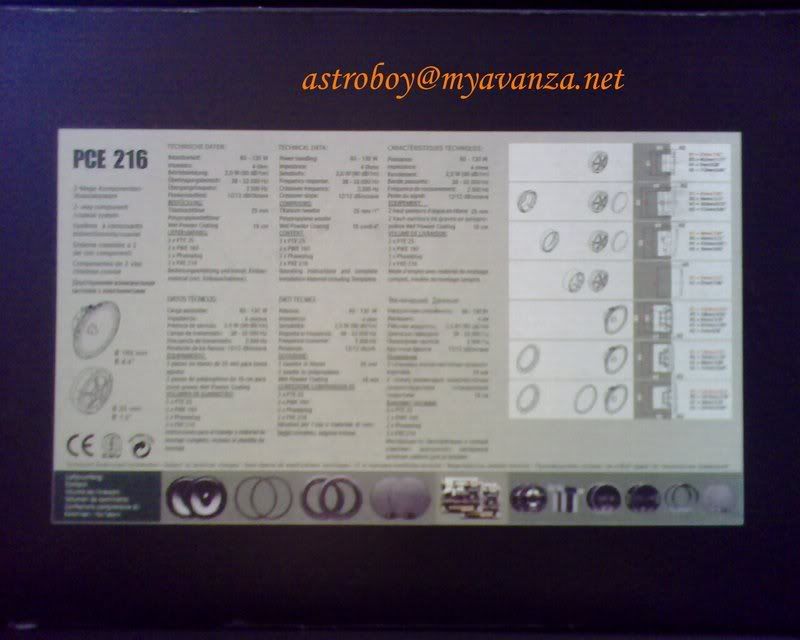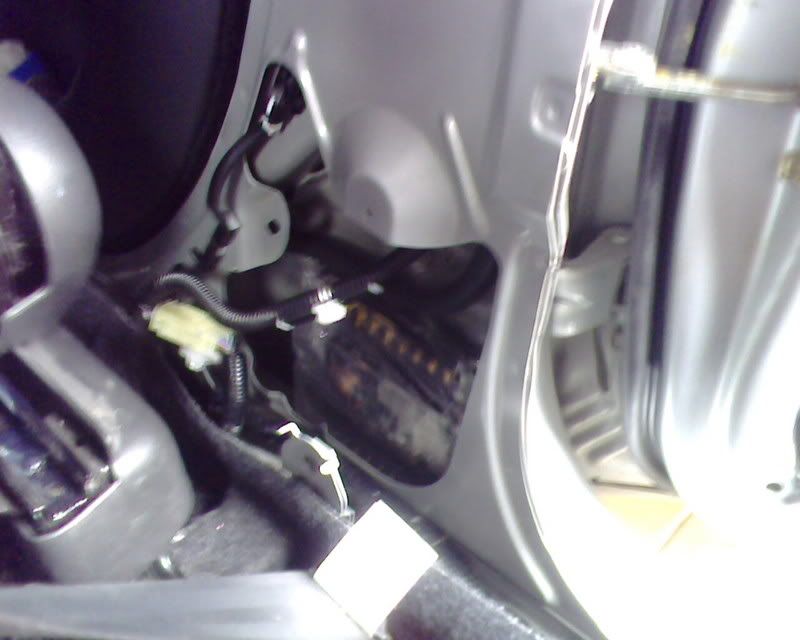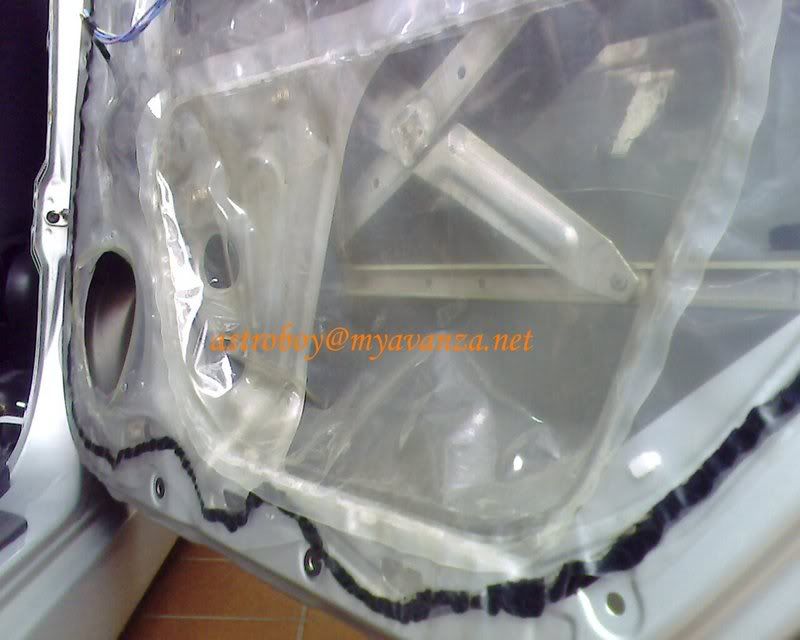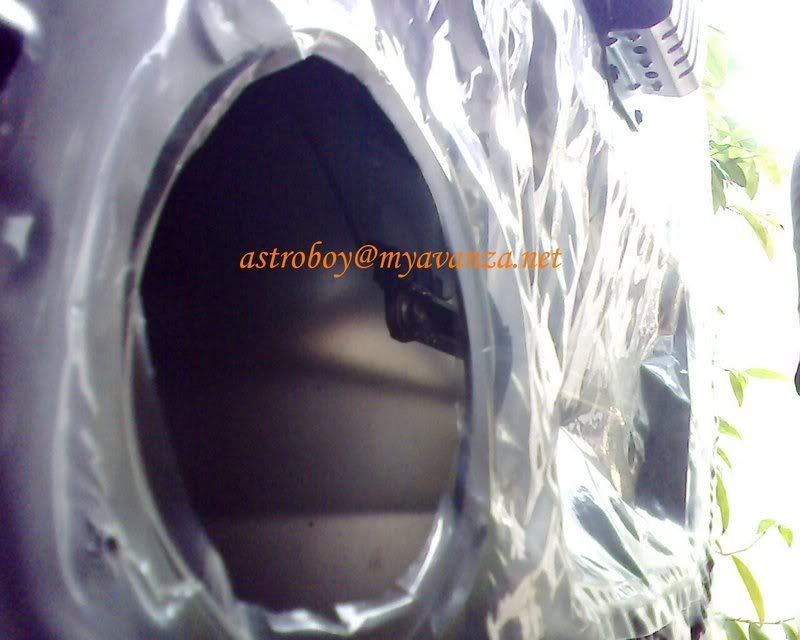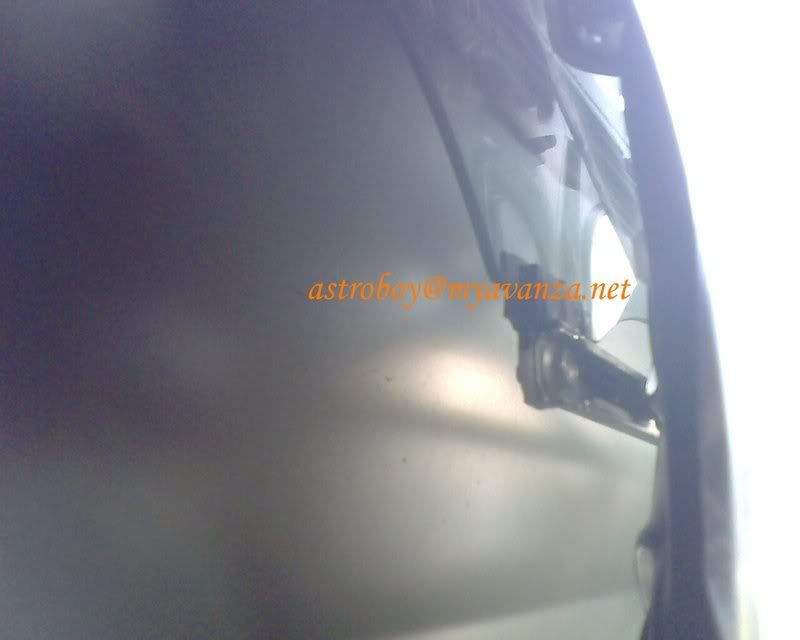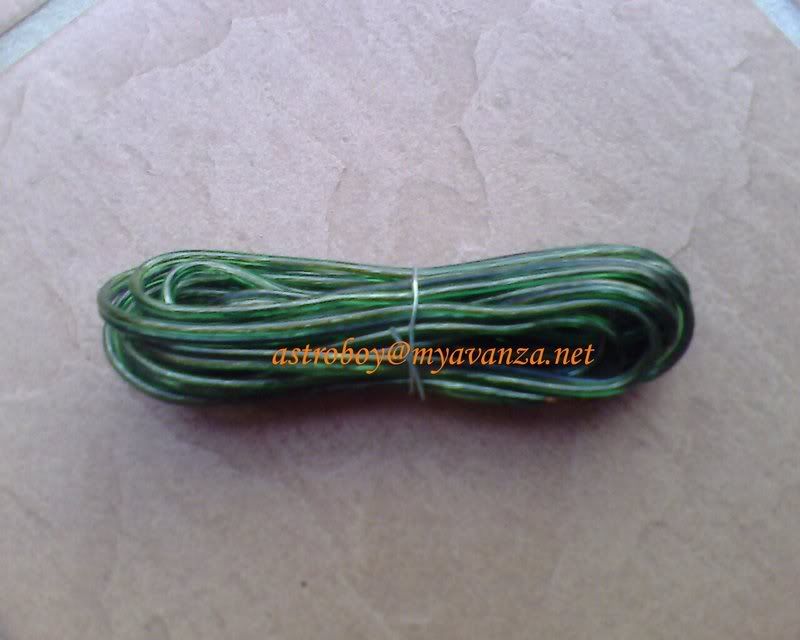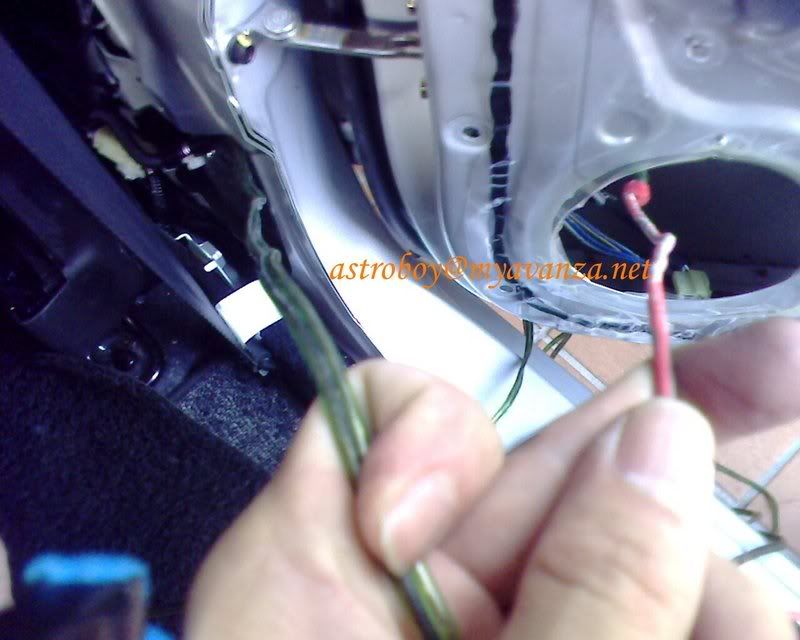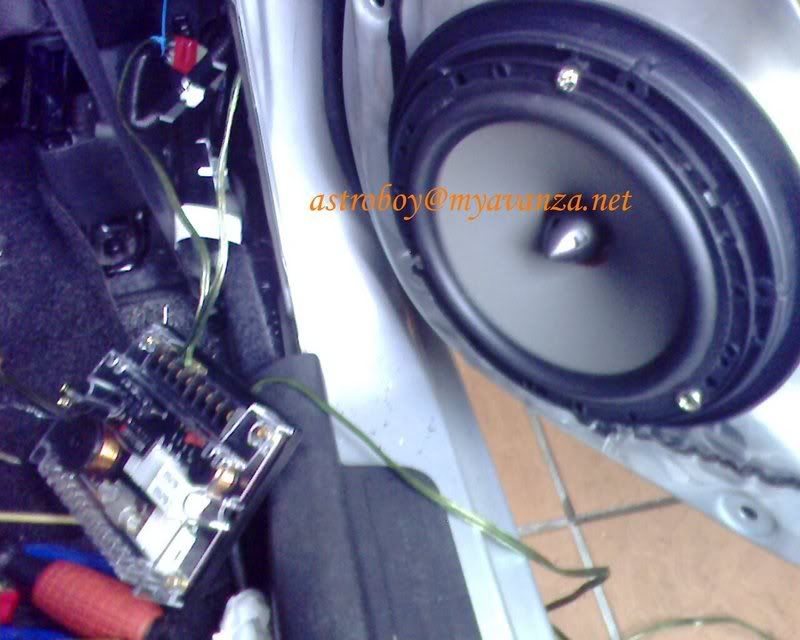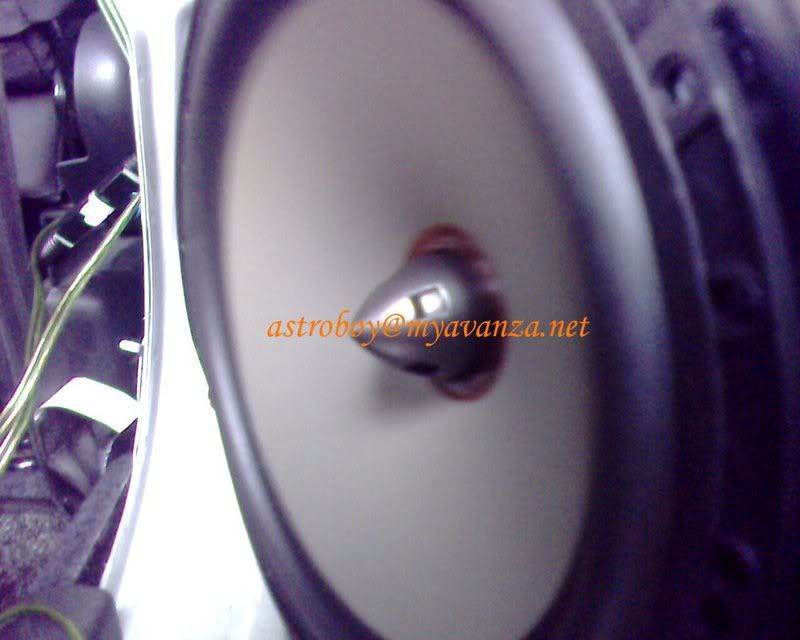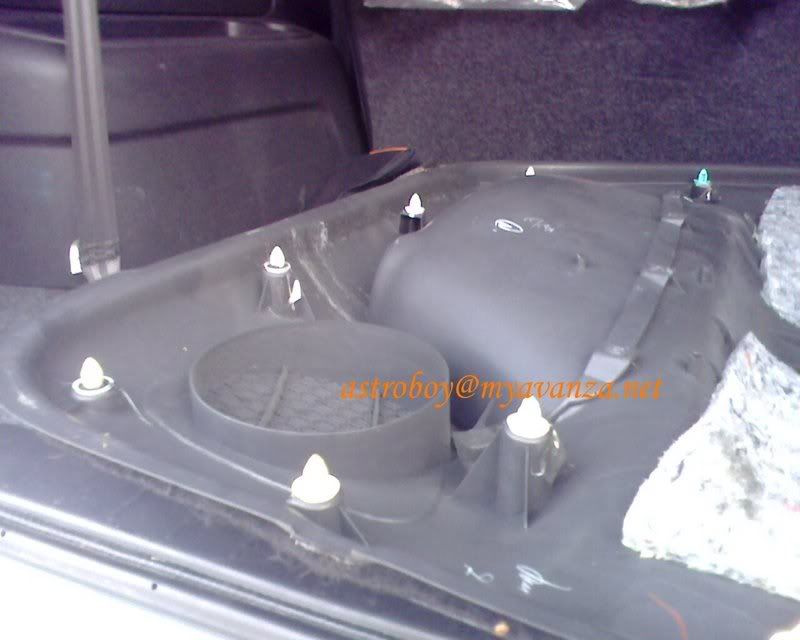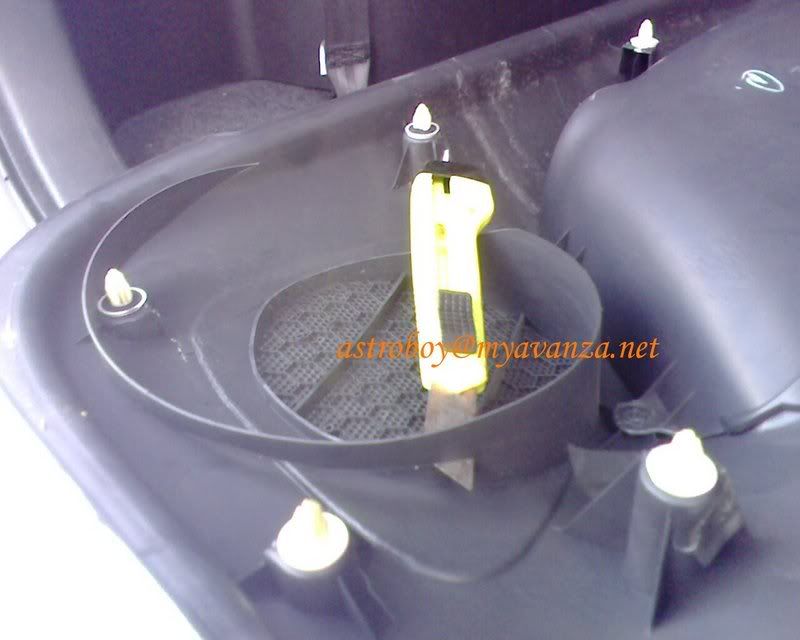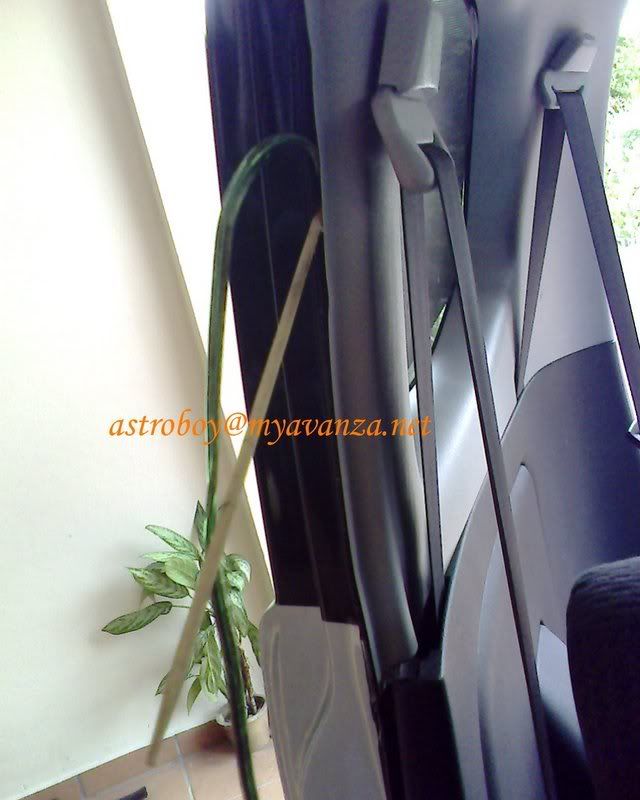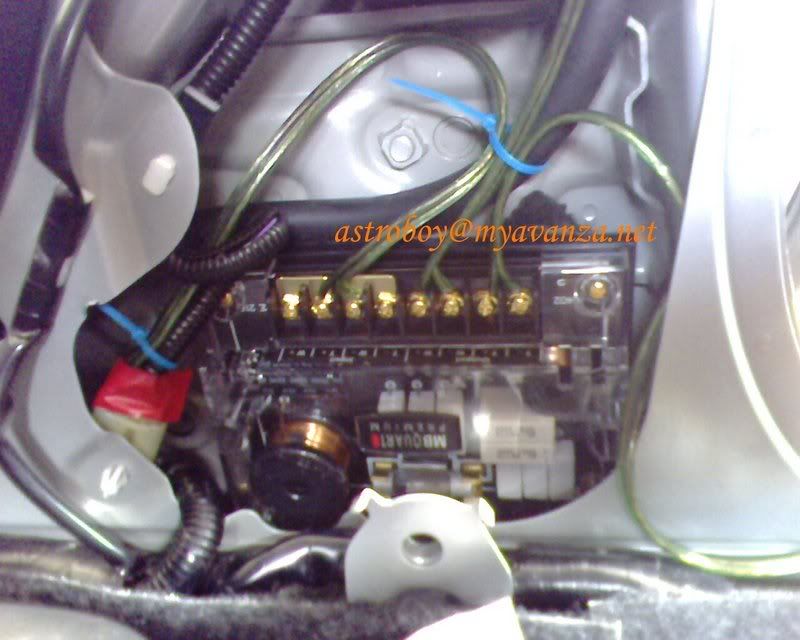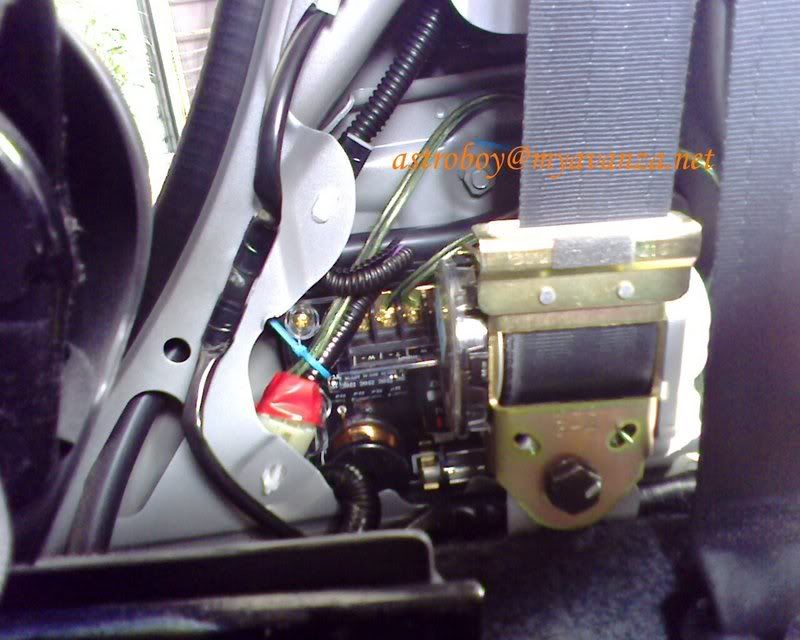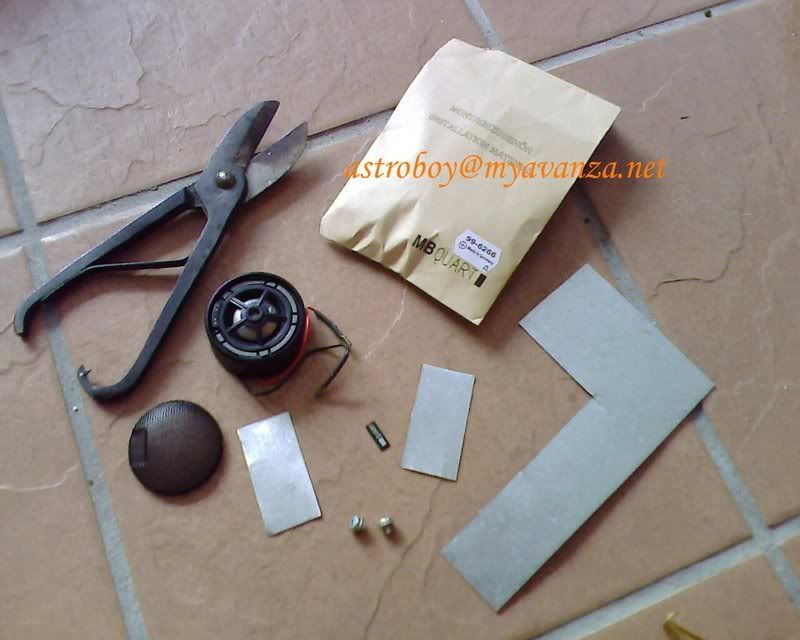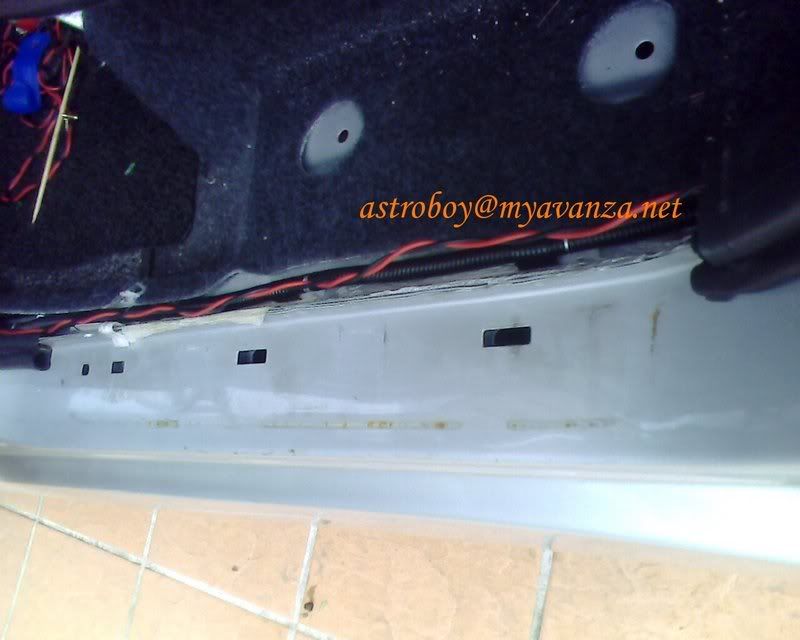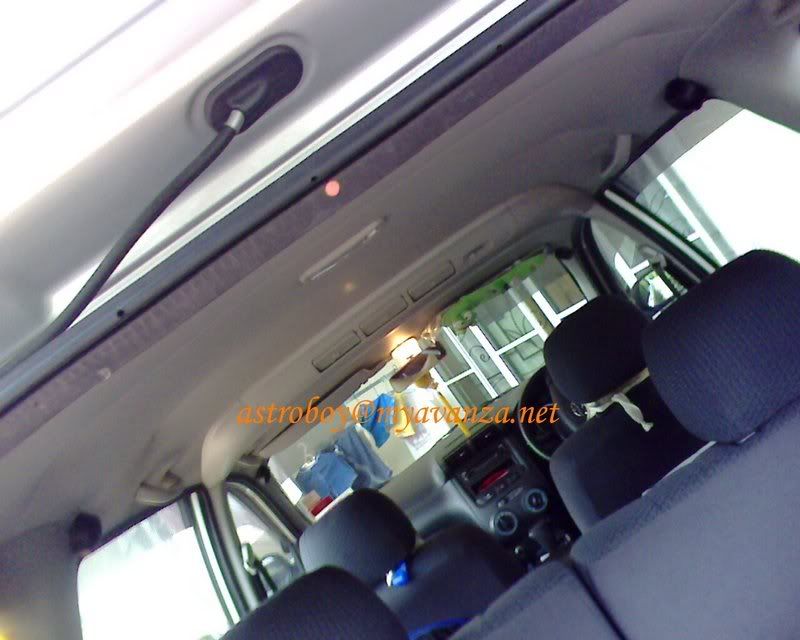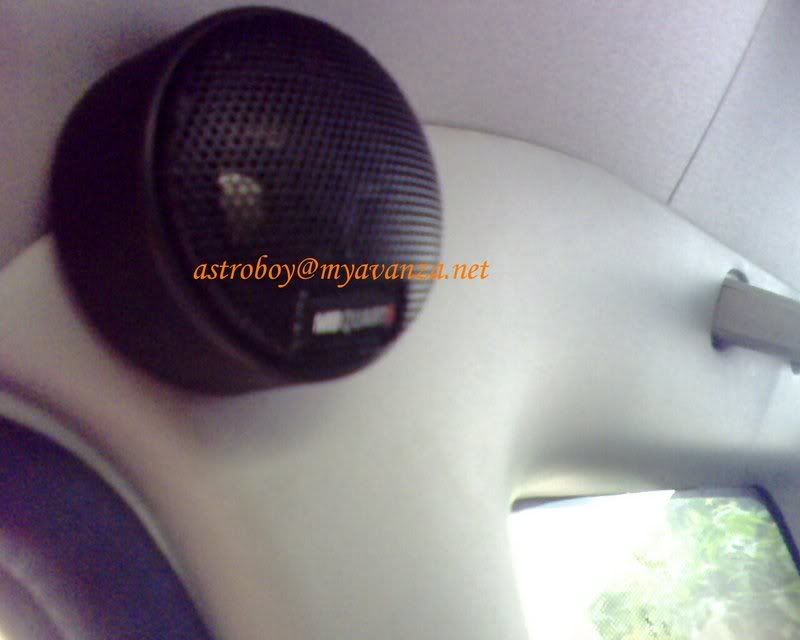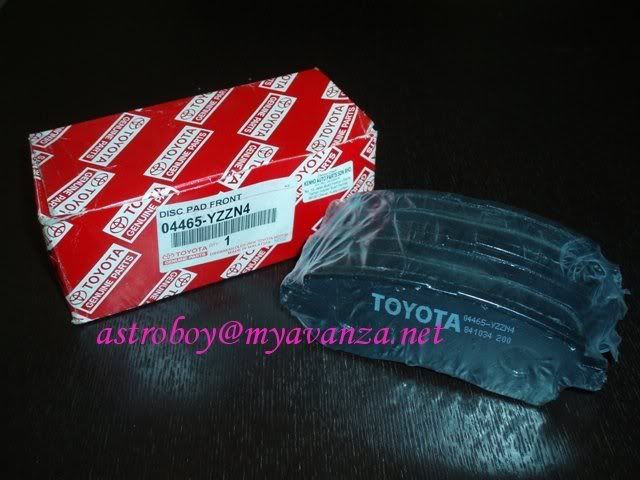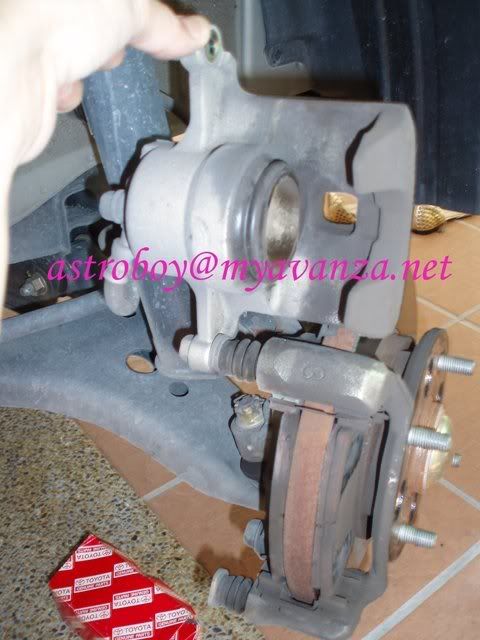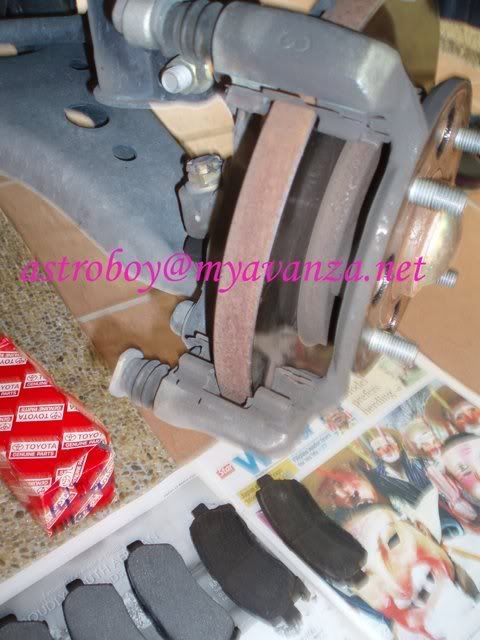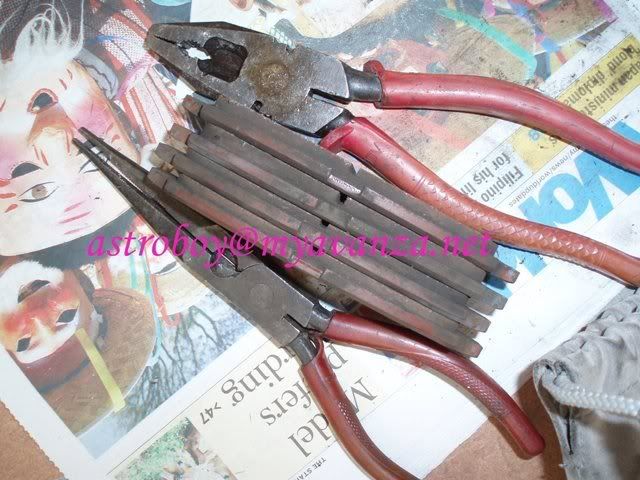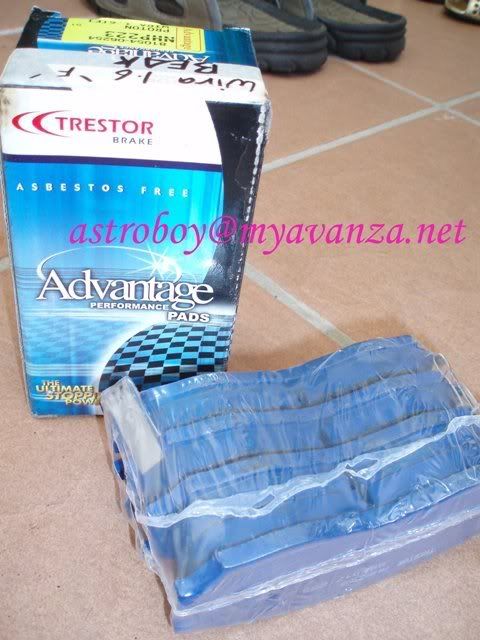By chance, a friend came along for TT and he introduced me to a place for cleaning our K&N for RM8.40 per wash and oiled, somewhere at PJ 222. We made few wrong turns and finally reach the place. It was non other than….. “SPEEDWORKS” ~ the sole agent for K&N!
Meaning they actually use the original cleaning agent and oil it with original lub, confirm! No ragu-ragu! ;D Still remember more than 10 years ago, my pomen did it for me for RM10 and it’s cleaned by petrol and oiled with power steering oil. :( So this RM8.40 is DAMN CHEAP!
We happily went in and soon realised our lady luck was not with us. They actually ran out of cleaning agent!! They still have the retail pack though but I refused to buy because my store room simply run out of space, and not ready to part with my near RM100 despite my friend want to share the filter charger with me.. ;D
Contacted an old friend from the industry and consulted him on what is the suitable oil to apply on K&N filter. He told me to use mineral engine oil because that’s the mildest, non-corrosive oil in relation to all the other automotive lubricants.
Then I complaint that the oil should be in “RED”, not gold or clear mah! Then he asked me to use 2T oil la! Bingo… that’s the answer!
During a filling trip to Shell, I went into the Shell shop and look for 2T oil. To my surprise, they have more than 4 types of 2T oil !! from non-synthetic, to super, to synthetic for a price difference of about RM1 between the most expensive and the cheapest. What a market strategy!
Anyway, I bought the cheapest one for less than RM5 per 500ml bottle.
By the way, the oil applied onto the K&N filter element is to keep the element damp and of course to absorb dust particles and that’s about all. Just need to be careful in choosing the non-K&N specified oil to make sure its non-corrosive in nature so it doesn’t damage the element in the long run.
Ta..DA.... Let’s do it!
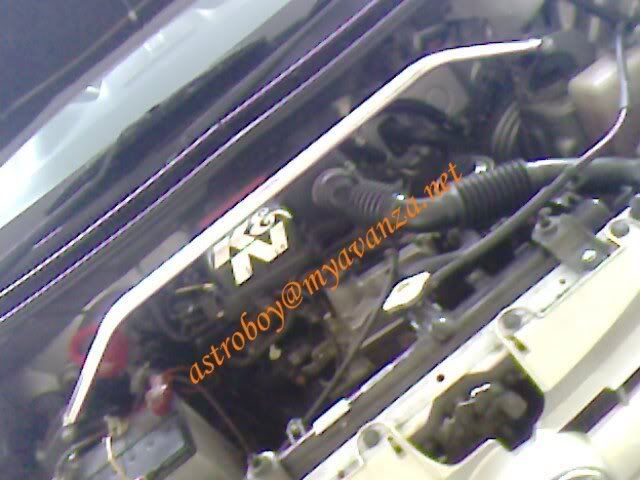
Fill the kitchen sink with tap water and add detergent (I used 2 tea spoons of Dynamo.. ;D)

Try not to fill the sink with too much water (no more than an inch deep) because u don’t want to submerge the K&N into the water and allow dirty water to mess up the clean side of the filter. Actually the heavier dust particle will settle at the bottom of the sink lio la. Not to serious wan la. I am just being demanding.. :P
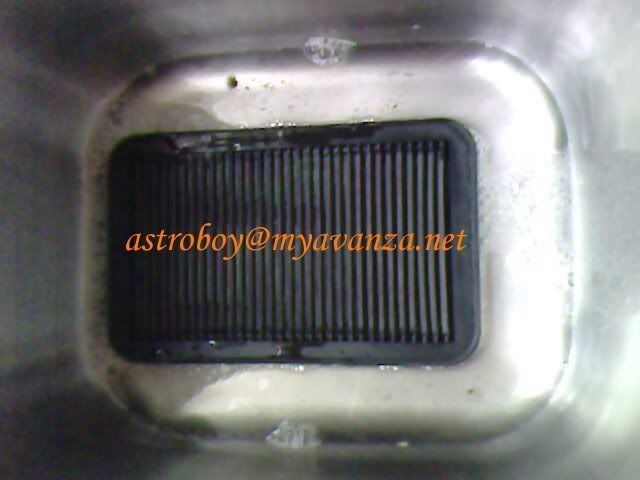
Use both hand to grab the filter and move it in & out of the soap water like you want to choke some one to death.. :P
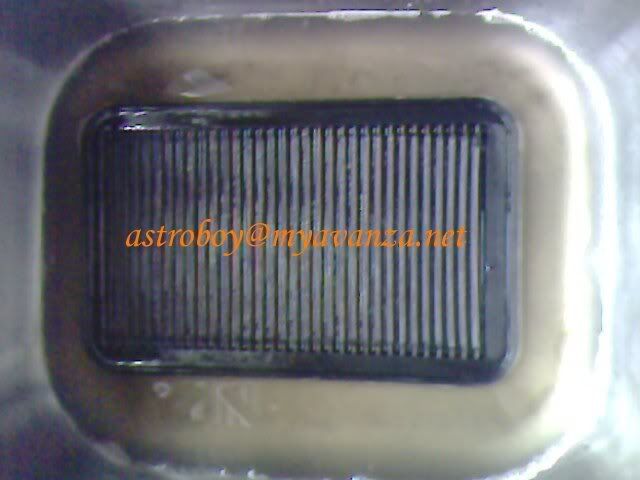
After few “choke”..
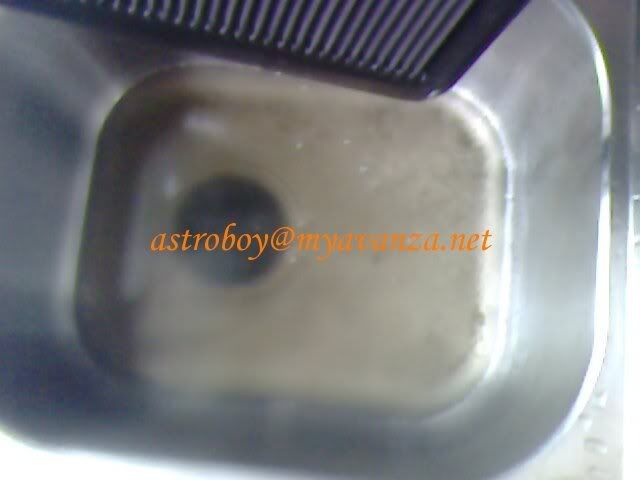
After about 20-30 “chokes” and I think enough lio.. [b]Remember[/b], u r not removing the oil. You r just removing the dust particles that stuck on the element. So its alright after the 30 choke, your element still felt oily.

Rinse it with clean tap water, again, clean water should go in from the clean side of the K&N to bring dirt out through the dirty side. Avoid high pressure tap water which can damage the element. Replace the dirty soap water in the sink with clean tap water and “choke” the K&N again to get rid of the soap water. One rinse should be enough.

Let the filter drip dry for about half an hour on my still warm engine. No need 100% dry la. Then prepare for oiling.. ;D Check out the oil I used.. :P ;D
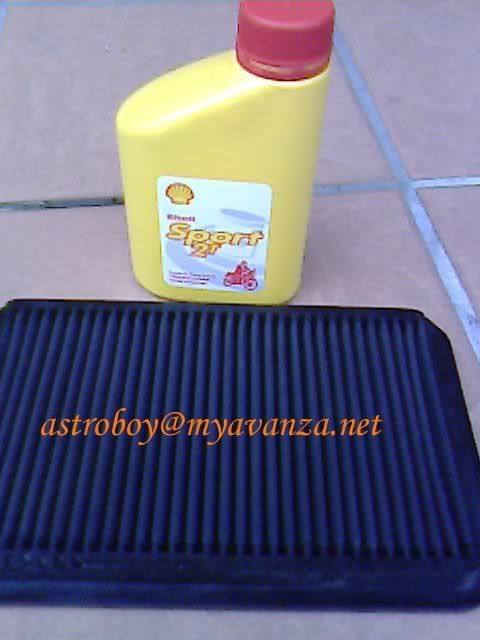
When I opened the 2T bottle, I was shocked :o to find out that the 2T I bought is actually GREEN color !!! :o :o Now I’m running a GREEN K&N filter :( ;D I use about 3 cap full of 2T oil applied on the element. Not to worry of applying too much as excess oil will be sucked into the combustion chamber and burn together with the petrol and blow out through the exhaust. Hey! your exhaust now is more lasting as it too get oiled.. :P ;D
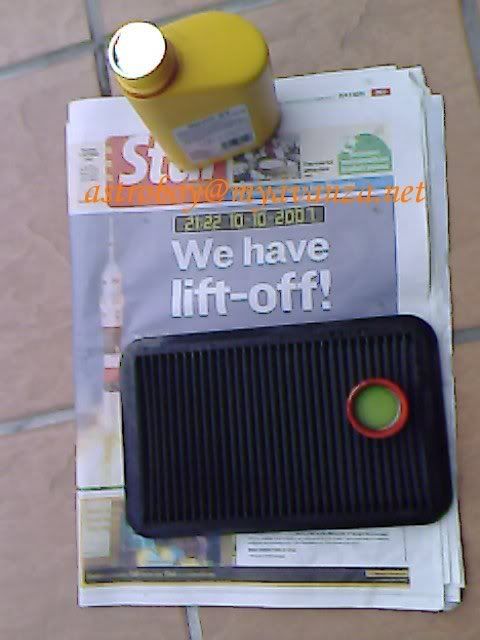
Disclaimer: You attempt the DIY at your own risk of damaging the filter element. On the safe side, get it cleaned by Speedwork for RM8.40. DIRT CHEAP minus the dirt on your hand! And be careful when drying your K&N because one of our member’s K&N kena stolen when drying on the house pagar.. :P ;D
